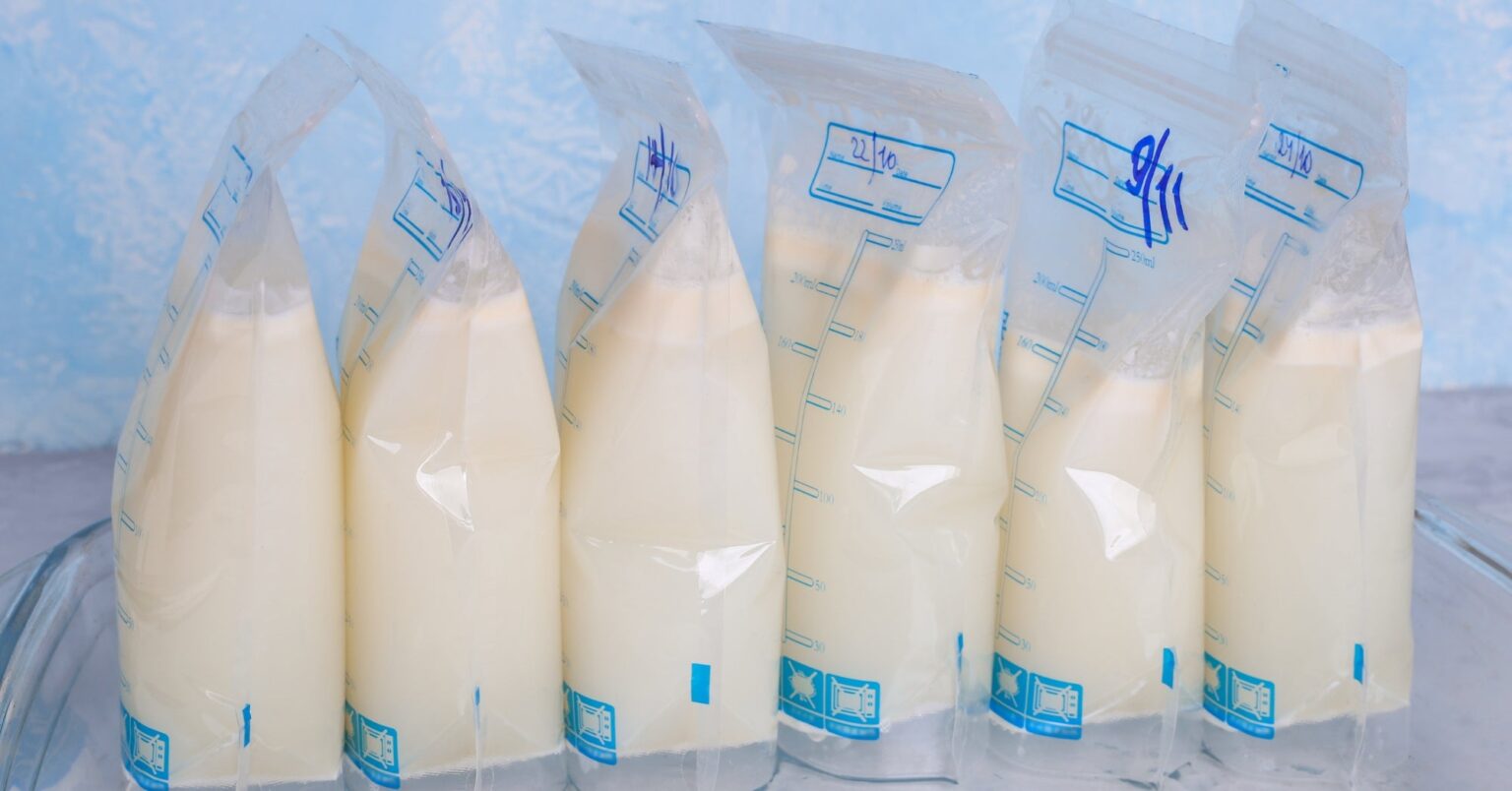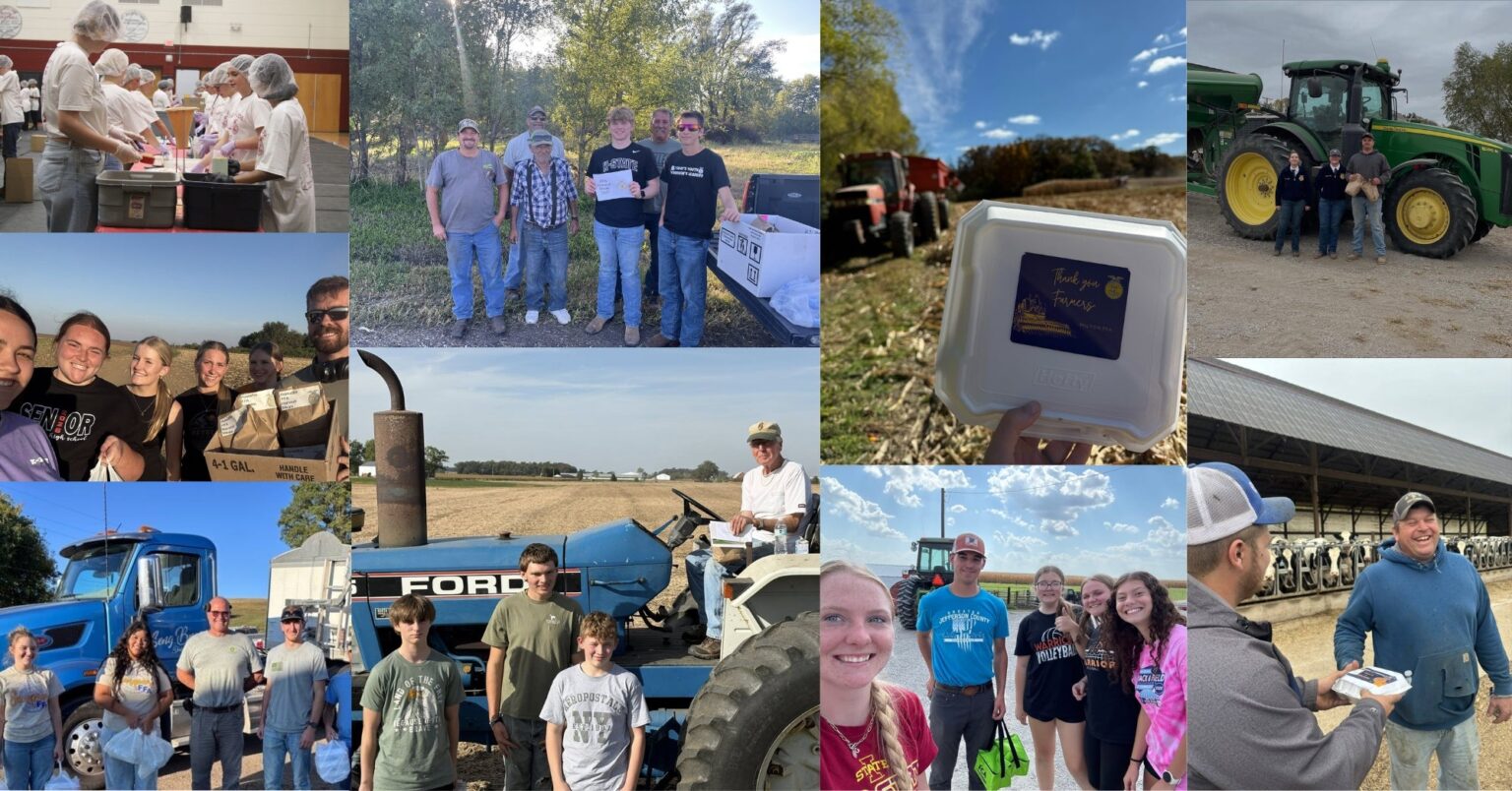Subscribe to Updates
Get the latest agriculture news and updates directly to your inbox.
Author: staff
Swapping beef for a plant-based meat substitute changed breast milk composition in just six days, even when the rest of the diet was made up of whole, unprocessed foods, according to a first-of-its-kind study from researchers at The University of Texas at Austin. The findings, published in the American Journal of Clinical Nutrition, reveal that even small shifts in a breastfeeding family’s diet can quickly alter the types of fats their infant receives through breast milk. These changes could have implications for brain development and immune function. The study tested the effect of food processing by using meals that were…
Giving Tuesday — the Tuesday after Thanksgiving — was created in 2012 as a simple idea: a day that encourages people to do good. Following Thanksgiving, Black Friday, and Cyber Monday, it’s rewarding to put our time and money toward organizations that help others and that are influential in farming, ranching, and other areas of agriculture. For 2025, that means Giving Tuesday will be on December 2. Here are five great ag organizations that do a lot of good for agriculture that you can help out on this #GivingTuesday! National FFA Organization and state and local chapters Check your local…
As of 9:12 a.m. CT, March corn was down a penny at $4.46¾ per bushel. January soybeans were down 2¼¢ at $11.35½ per bushel. March CBOT wheat was down less than a penny at $5.38 per bushel. March KC wheat was up 1¾¢ at $5.29¼ per bushel. March Minneapolis wheat was up 3¾¢ at $5.81¾. “Traders return from the Thanksgiving holiday today, but that doesn’t mean that we return to regular trading dynamics,” said Arlan Suderman, chief commodities economist at StoneX. “The period between Thanksgiving and the New Year holiday is known for its sluggish market tendencies, although there are…
Across the country, before FFA members went home for the Thanksgiving break to enjoy meals with their own families, many ventured out with their chapters to live out the organization’s mission: growing leaders, building communities, and strengthening agriculture. Students are proving that service is not an extracurricular activity — it’s a way of life — as they packaged by the thousands meals for food-insecure families and deliver warm lunches to farmers during harvest. Below is a look at several standout efforts from FFA chapters making an impact this fall. Tate FFA packs over 63,000 meals for local families “Food insecurity…
LINCOLN — Nebraska state agencies are partnering with Lexington nonprofits and other groups to help connect Tyson Foods workers and their families with support as 3,200 people lose their jobs with the closure of the town’s longtime beef plant. On Wednesday and Thursday, a state and local “rapid response layoff services” event is scheduled for Tyson workers at the Dawson County Fairgrounds, according to a statement Saturday from Gov. Jim Pillen’s office. Representatives of the Nebraska Departments of Labor, Health and Human Services, Economic Development and Agriculture will offer information about available resources, including unemployment insurance benefits, job search help and…
If you’d ask any farmer to name their largest asset, most likely they would say their land. Land is the underlying asset that allows you to generate an income. It’s critical to your family’s wealth and legacy, and must be protected. One strategy some may use to protect land is to insulate it within a trust. The Pros and Cons There are different reasons to place assets into a trust. Maybe they are worth millions of dollars, and you’re worried that estate taxes may diminish their value. Maybe you want to control how those assets get used, when the assets…
At the market close, March corn was up 1¾¢ at $4.47 per bushel. January soybeans were up 2¢ at $11.33½ per bushel. “From our perspective, grains have a little momentum here,” said Reese Drenth, ag solutions specialist with Michlig Ag Solutions. “Trump and Xi are talking, we’re selling some beans, the corn program keeps chugging along, and this snow storm is about to create some logistical issues. This comes at a time where ethanol plants are making decent margins and bean plants are crushing like crazy as well. The market needs grain every day and Mother Nature’s about to make…
Program enrollment decisions for the Agriculture Risk Coverage (ARC) and Price Loss Coverage (PLC) programs were made in March of 2025. However, the One Big Beautiful Bill Act, which was not passed and signed into law until July, resulted in farmers receiving the higher of the PLC or ARC payments for 2025. Total ARC/PLC payments for 2025 are projected at more than $13.5 billion, with nearly $3.2 billion, or 24%, due to receive the maximum payment rather than the payment of the program elected for 2025. These estimates are based on current price projections, and much can still change over the…
National Turkey Federation Chairman Jay Jandrain, president and CEO of Butterball, LLC, presented the National Thanksgiving Turkeys named Gobble and Waddle to President Donald Trump today during the 78th National Thanksgiving Turkey Presentation. After receiving their formal pardons from the president in the White House’s Rose Garden Club, Gobble and Waddle will return to North Carolina to live at North Carolina State University in Raleigh. “Standing at the White House with President Trump to represent America’s turkey industry is truly an honor,” said Jandrain. “From farmers like the Pittman family who raise the birds, to the processors and everyone else…
Two cargo vessels were headed toward grain port terminals earlier this week near New Orleans to load with what will be the first U.S. soybean shipments to China since May. A third vessel is moved toward a Texas Gulf Coast terminal to be loaded with U.S. sorghum bound for China, marking the first American shipment of the feed grain since mid-March. “U.S. farmers and grain traders have been awaiting shipments to China to resume after Beijing shunned U.S. crops for months due to a trade war with Washington, costing U.S. farmers billions on lost trade,” Reuters reported. China booked nearly 2…



:max_bytes(150000):strip_icc()/IMG_2890-1536x1152-3e525ec1627340a18d71eca413e6e1d6.jpg)
:max_bytes(150000):strip_icc()/28413combineunloadingsoybeans_soybeans-b44cae9865ea442e80599d59f4d88991.jpg)




:max_bytes(150000):strip_icc()/Markets-6-Corn-down-14-d6e355faf6ac49b494d91d99892adcf6.jpeg)

:max_bytes(150000):strip_icc()/100127689_beef-80af9325e74a4df98a7e34aec901401f.jpg)
:max_bytes(150000):strip_icc()/SDIProductions-2161180473-578f2090f2b047a4aa07dd99c29fa57a.jpg)
:max_bytes(150000):strip_icc()/Markets-3-Corn-up-3-19bdbeee0041452db8bce0a0f1c8b883.jpeg)
:max_bytes(150000):strip_icc()/36724362670_ae7c5cd98a_o-86f368af04cd40cd89d9d669d850f7cd.jpg)

